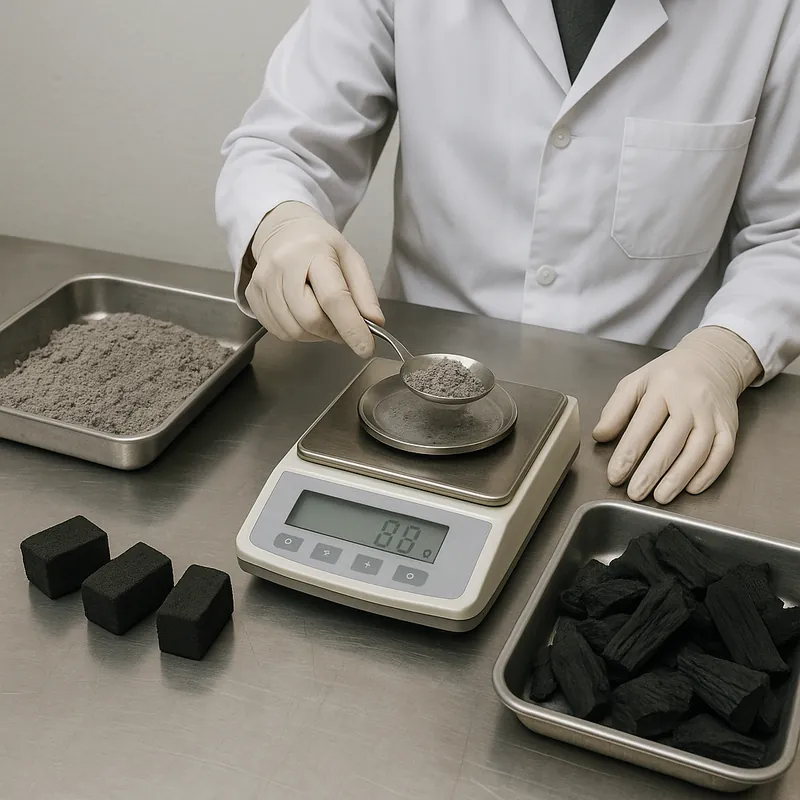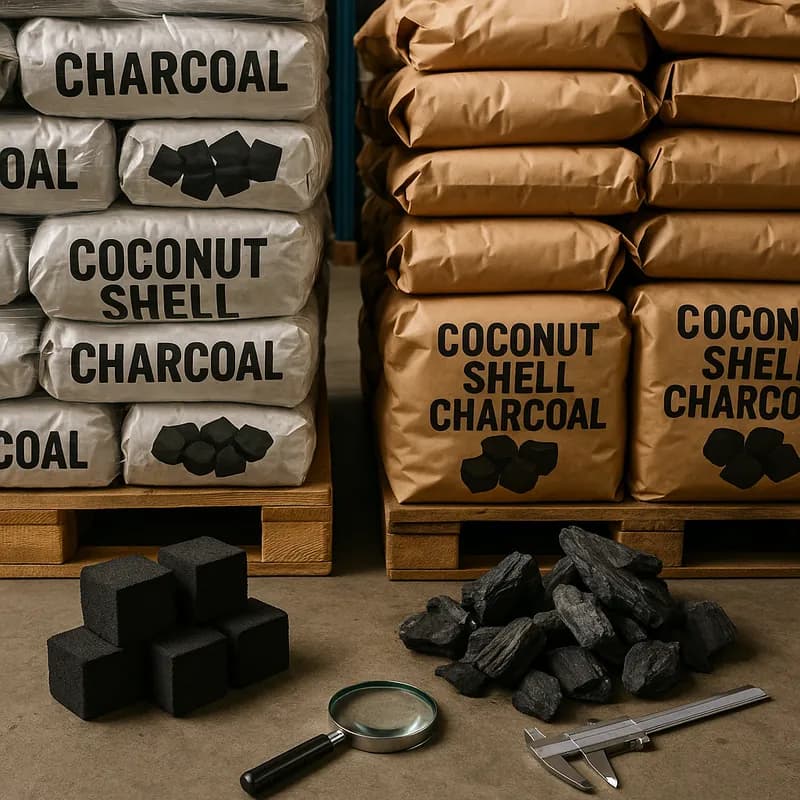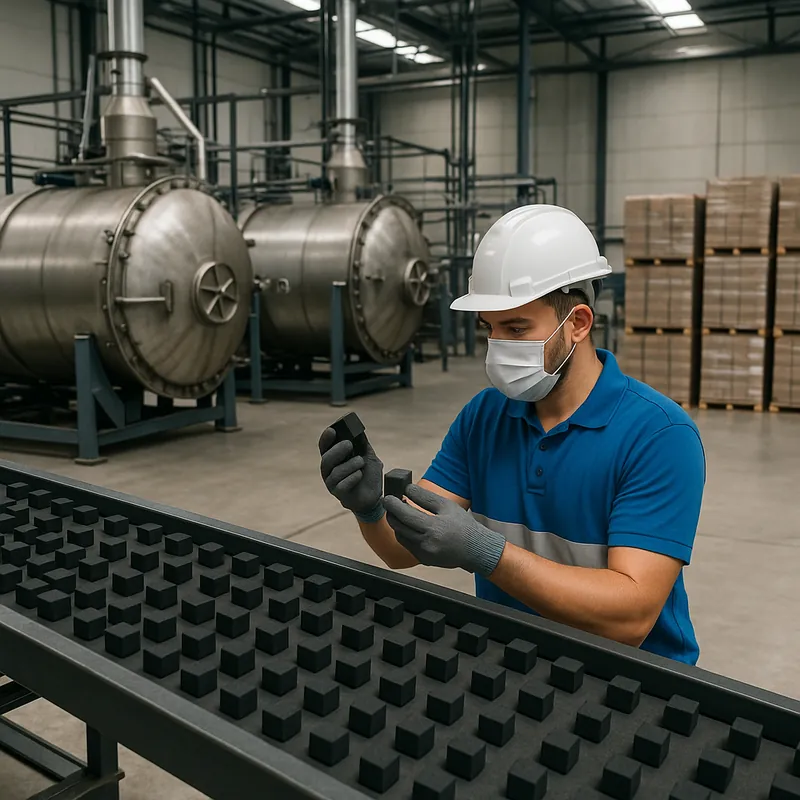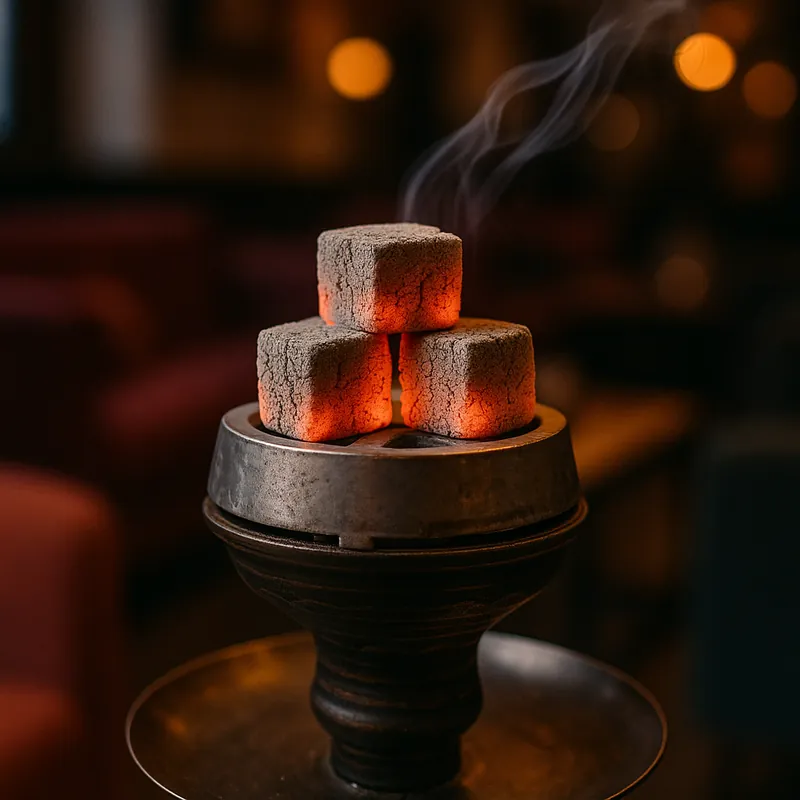Get a charcoal supplier you can trust: spec the fuel, demand batch COAs, run real burn tests, and plan lead times. Use this checklist for your next order.
The Short Answer
Choose a charcoal supplier the way a chef chooses a knife: by how it performs, how consistent it is, and whether you can trust it day in, day out. Start by defining your spec (heat, burn time, ash, moisture), then verify it with a real burn test and a lab Certificate of Analysis (COA) tied to the batch you’ll actually receive. For restaurants, use lump for searing and high-heat work, briquettes for steady service; for shisha, go coconut-shell briquettes only. Confirm sustainability (FSC for wood-based charcoal; documented shell sourcing for coconut), check production capacity against your forecast, and map the full lead time from PO to delivery so you don’t run out mid-season. Finally, lock in terms—MOQ, price, Incoterms, and payment—and start with a pilot order before committing long-term.
What You Need to Consider
How do I assess charcoal quality before I commit?
We look at three numbers first: moisture, ash, and fixed carbon (FC). For premium coconut-shell briquettes, we recommend moisture ≤6–8%, ash ≤2.5–3%, and FC ≥75–80%. For hardwood lump, target low moisture (≤5–8%) and a clean, mineral-like fracture with minimal bark and dirt.
Quick tests you can run:
- Pan test for moisture: weigh 100 g, gently heat in a pan for 15 minutes, reweigh. A big drop means high moisture (and wasted energy).
- Burn test for ash: burn 100 g to completion, cool, weigh residue. Under 3 g (3%) is strong for coconut briquettes.
- Consistency check: break 10 pieces; they should look uniform with tight density and no powdery cores.
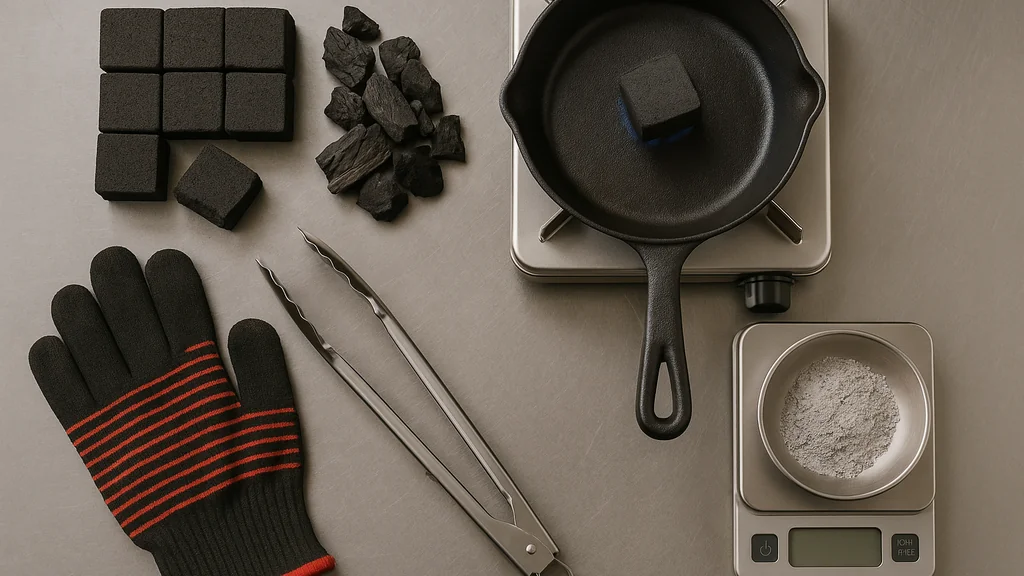
Ask for a batch-specific COA from an independent lab (SGS/Intertek). In our experience, the biggest mistake is accepting a “golden sample” that isn’t representative of the production lot.
Which is better for restaurants: lump or briquettes?
Different jobs, different fuels:
- Lump charcoal: high heat, fast response, great for live-fire grills and char-kissed searing. The trade-off is variability in piece size and burn rate.
- Briquettes: steady heat and longer, predictable burns—ideal for busy service, smokers, and rotisseries.
For many BBQ restaurants, the best setup is a hybrid: start and sear with lump, then hold and cook-through with briquettes. If you want steady heat with low ash, consider coconut-shell briquettes like our BBQ Coconut Shell Charcoal Briquettes; they deliver long burns (4–6 hours), high heat, and minimal ash—nice when you don’t want dust all over your pass.
What certifications or sustainability labels matter?
If you’re buying wood-based charcoal, look for FSC certification or equivalent proof of legal, responsible sourcing—especially if you supply the EU or UK. For coconut-shell charcoal, ask for:
- Documentation that shells are an agricultural byproduct (no wood cut down).
- Binder disclosure (food-grade, typically tapioca starch, and percentage used).
- Plant audits or ISO/food-safety systems if it touches food service.
Trend to watch: importers of wood-derived products into the EU face tightening due diligence requirements. We’ve seen buyers ask for geolocation data for wood-origin charcoal; it’s coming up a lot more in the last few months.
What are typical MOQs, pricing, and payment terms?
- MOQs: for export, a 20-ft container is common. For coconut briquettes, expect 17–18 MT. Private label shisha packaging often starts around 5,000–20,000 boxes depending on print.
- Pricing: varies by spec and season. As a broad reference, premium coconut briquettes often range around USD 700–1,200/MT FOB; hardwood lump can range USD 400–700/MT. Ask for a firm quote tied to spec, packaging, and Incoterms.
- Payment: 30/70 T/T (deposit/balance against Bill of Lading) is standard. Large buyers may use LC at sight. For new relationships, small trial orders with milestone payments reduce risk for both sides.
How long does delivery take, and how do I avoid stockouts?
From Indonesia, plan:
- Production: 1–3 weeks for standard briquettes; 3–5 weeks for custom/private-label boxes.
- Ocean transit (typical): Middle East 2–3 weeks, Europe 3–5 weeks, US West Coast 3–4 weeks, US East Coast 4–6 weeks. Add port dwell and customs buffers.
- Practical lead time: 6–10 weeks door-to-door, depending on Incoterms.
Avoiding stockouts:
- Set a reorder point: daily burn x total lead time (days) + safety stock. Example: 50 kg/day x 60 days + 500 kg = 3,500 kg.
- Place seasonal orders early. Red Sea routing shifts and port congestion can still swing ETAs by 1–2 weeks.
- Ask your supplier for split shipments or multi-warehouse staging if your volume justifies it.
Is it cheaper to import or buy local?
If you consume pallets per year, local wholesalers are usually cheaper once you factor in freight and working capital. At container volumes, importing often wins on cost per kg and quality control (you specify the exact spec). The breakpoint is usually when you’re ready to order at least one 20-ft container every 2–3 months and can plan inventory.
Practical takeaway: run a landed-cost model (product + inland + ocean + duties + drayage + financing). We’ve seen 10–20% savings at scale when importing coconut briquettes directly versus buying ad-hoc locally—provided you manage lead times and stock.
The Reality Check
What are the real trade-offs I should expect?
- Lump vs briquette: You trade control for character. Lump is lively but inconsistent; briquettes are consistent but a bit “flatter.” Many kitchens blend both.
- Coconut-shell vs hardwood: Coconut briquettes shine in low ash and long, stable burns—excellent for service lines and shisha lounges. Hardwood lump is the champ for fast, high-heat live fire. Match the fuel to the job.
- Cheapest is rarely cheapest: Low-priced briquettes often hide high moisture or fillers (look for chalky, bright-white ash and a chemical smell). You’ll burn more to get the same heat—and deal with mess.
- Private label has lead-time realities: Custom boxes add 2–4 weeks for printing and packing. If you run promotions, pace your POs—printing lines are a real bottleneck in peak season.
- Logistics still flex: Ocean rates and routings have been seesawing with ongoing Red Sea diversions and seasonal demand. Build in buffer. We’ve seen otherwise “tight” chains slip 7–10 days without warning.
Common mistakes we see (and how to avoid them)
- Vague specs. Don’t say “premium briquettes.” Specify FC, ash, moisture, dimensions, and packaging (inner box size, master carton, pallet config).
- Accepting non-batch COAs. Insist on batch-labeled COAs and retain samples. It keeps everyone honest.
- One perfect sample. Ask for two samples from different production days. In our experience, consistency between samples predicts your real-life results better than one “hero” batch.
- Ignoring packaging. A great briquette in a weak box equals dust. Ask for drop-test standards and humidity resistance. For shisha, box integrity drives shelf appeal and reduces returns.
A note on shisha lounges and hookah bars
Coconut-shell briquettes are the only serious option here. Look for fast, odorless ignition, low smoke, and long, consistent heat. Our Shisha Charcoal is formulated for extended sessions and minimal ash, which means fewer swaps and happier customers. If you’re running multiple lounges, private-label packaging helps brand recognition—just budget extra time for print runs.
Practical takeaway: Decide on the performance spec first, not the price. Test two production lots, lock the spec in your PO, and align delivery cadence with your forecast.
Your Best Move
So, what should I do next?
- Define the job: grill type, service style, burn time target, heat profile, and cleanliness (ash/smoke).
- Write a one-page spec: fuel type (lump vs briquette, coconut-shell vs hardwood), FC/ash/moisture targets, dimensions, packing, and palletization.
- Request documentation: batch COA, material origin, sustainability claims (FSC for wood-based charcoal), and QA process. If you’re EU-bound with wood charcoal, ask about due-diligence data.
- Run a real test: two samples from different lots. Do the pan/moisture test, 100 g ash test, and a live-fire service test. Note cleanup time and dust.
- Start with a pilot: one pallet locally or a mixed-container import. Track usage and compare to your budgeted burn rate.
- Plan inventory: set reorder points, safety stock, and quarterly POs that match your seasonality.
Scenario guidance:
- BBQ restaurants with live fire: use hardwood lump for sear stations; add coconut-shell briquettes like our BBQ Coconut Shell Charcoal Briquettes for holding and low-ash consistency during peak hours.
- Shisha lounges: choose premium coconut-shell briquettes with quick, clean ignition and long burn. Our Shisha Charcoal is optimized for extended sessions and low smoke, and we can support private label if you’re scaling.
- Retail/private label: lock packaging specs early and plan 12–16 weeks ahead for initial rollout. Insist on box strength and humidity testing.
If you have questions about How to Choose the Right Charcoal Supplier for Your Business or need expert guidance, contact our team. We’ve shipped to 50+ countries from our base in Jakarta, and we’re happy to walk you through specs, testing, and the reality of lead times.
Final takeaway: the “right” supplier isn’t just the one with the best price—it’s the one whose charcoal performs to your spec, ships on the schedule you need, and backs it up with data. Get those three right, and you’ll sleep well while your grills and hookahs run steady.
